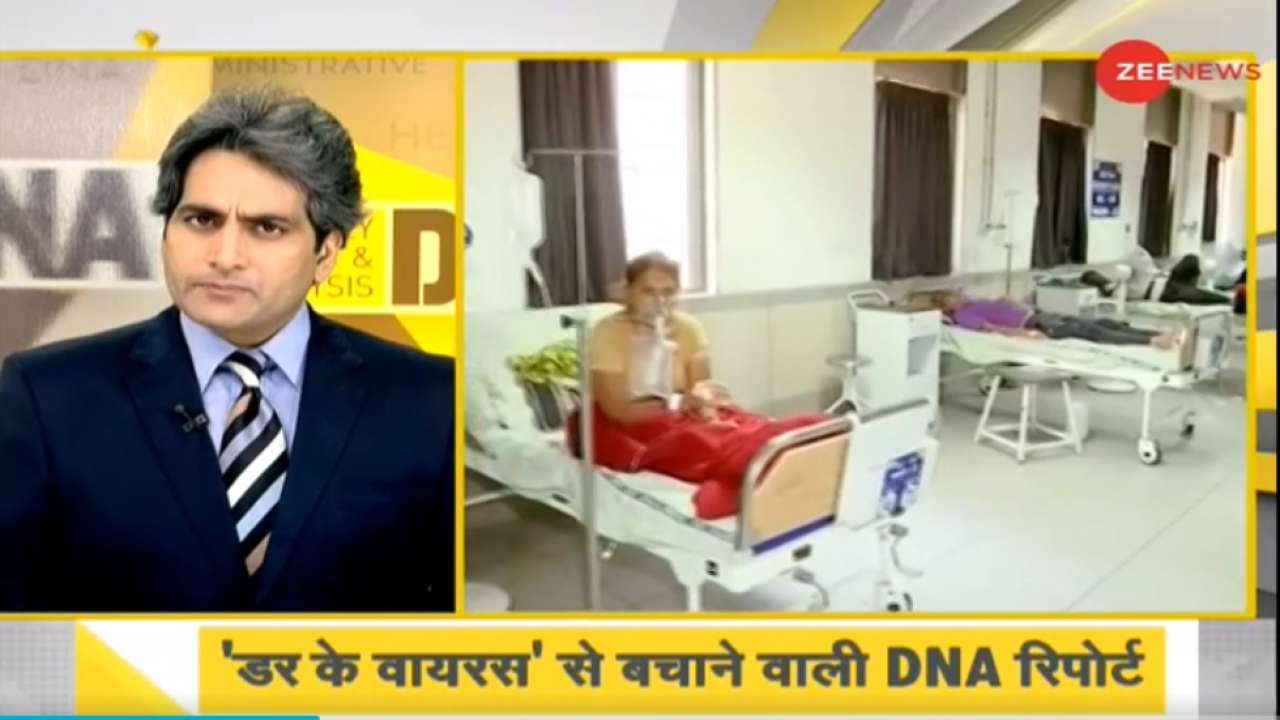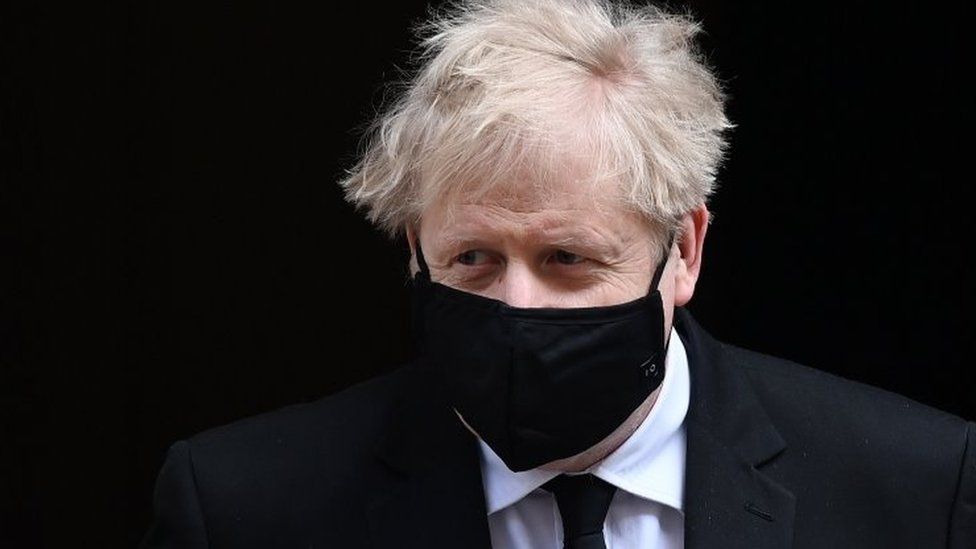वायरस (विषाणु )की ये फितरत है -अपनी संरचना में तेज़ी से बदलाव करता है। सार्स -कोव -२ को ही लो अब तक भारत में ही इसकी सात हज़ार म्युटेंट परिवर...
वायरस (विषाणु )की ये फितरत है -अपनी संरचना में तेज़ी से बदलाव करता है। सार्स -कोव -२ को ही लो अब तक भारत में ही इसकी सात हज़ार म्युटेंट परिवर्तित बदलाव वाली स्ट्रेन मौजूद हैं। वायरस अपना आरएनए (आनुवंशिक पदार्थ ,आनुवंशिक अनुक्रम ,पता ,आरएनए प्रोटीन )लगातार बदल रहा है। वायरस अपनी असर-कारिता को बढ़ाने ज्यादा घातक होते जाने के लिए ऐसा करता है। यह सामान्य बात है प्रत्येक वायरस के लिए बने रहने अपने अस्तित्व की रक्षा के लिए वायरस ऐसा करता है। लेकिन डबल म्युटेंट इंडियन B.1.617 वेरिएंट को ज्यादा घातक समझा गया है।
यह भारत में दूसरी संक्रमण लहर क्या सुनामी बन तेज़ी से फ़ैल रहा है। यह वेरिएंट प्रयुक्त दवाओं शरीर के रोग बचावी तंत्र शरीर की इम्युनिटी से अपना बचाव करना सीख जाता है। यही ख़तरा है बारहा जांच के बाद भी यह आरटी -पीसीआर जांच में नेगेटिव आता है पकड़ में नहीं आता लेकिन सीटी स्कैन जांच बतलाती है यह नाक कंठ पैसेज के पार फेफड़ों (लंग्स )तक पहुँच दो तीन दिन में ही विनाशकारी धुंआ निकाल चुका है ,बेकार कर चुका है एक बड़े हिस्से को।
वेक्सीन का प्रभाव भी इस पर उतना ज्यादा नहीं है जितना सामान्य नार्मल वायरस पर है। इसके जीनोमिक -सिकुवेंस को और खोलके समझने की ज़रुरत है। ताकि यह जाना जा सके इसके फैलने के और क्या तरीके हैं और उनकी काट क्या है।
इस से पैदा संक्रमण में कुछ और लक्षण भी सामने आएंगे ,कुछ नए लक्षण सिम्प्टम अभी दिख रहे हैं.यथा पेट दर्द के साथ ,उलटी ,दस्त ,पेशीय दुखन बेहद की आदि।
बेशक नए स्ट्रेन नै परेशानियां, पेचीलापन लेकर आयेंगे।हमें इन से पार पाना सीखना बूझना होगा।
ब्रितानी स्ट्रेन का एक म्यूटेशन इस भारतीय डबल म्युटेंट में भी मिला है। यह दो अलग अलग स्ट्रेन
का परिणामी गठबंधन है।
हमारे नेज़ल पैसेज और लंग्स पे मौजूद रिसेप्टर्स (अभिग्राही कोशिकाओं )पर यह चस्पां हो जाता है आसानी से चिपक जाता है। शरीर के अंदर पहुँच जाता है। यह संरचना बदलाव का ही परिणाम है यह तेज़ी से शरीर में दाखिल हो रहा है प्रतिरक्षा तंत्र को चकमा देकर अर्बन नक्सल सा। वामपंथी आतंकवाद की तरह प्रतिरक्षा पहरुवों को धता बताता।
इसी वजह से संक्रमित लोगों में खासकर बालकों में न्यूमोनिया (फेफड़ों का संक्रमण )दिखलाई दे रहा है। कोविड १९ के सामान्य लक्षण इसमें ज्यादा नहीं देखे जा रहे हैं ,हो सकता है कुछ को ज्यादा थकान महसूस हो रही हो कोरोना २०२० की तरह (गए साल के संक्रमण )की तरह। किसी की मांसपेशियों में बहुत दर्द भी हो सकता है नाक से खून बहना कुछ में शुरू हो सकता है।
लिथारजि होना और चक्कर भी कुछ को आ सकता है। इसके लक्षणों में है ,लेकिन ज़रूरी नहीं है संक्रमित को बुखार हो ही ,खांसी जुकाम हो ही।
ये वेरिएंट न्युट्रि-लाइ -ज़िंग एंटीबॉडीज़ से बचना सीख गया है इसीलिए उनको भी चपेट में ले रहा है जो पहले कोरोना संक्रमित हो चुके हैं सार्स -कोव -२ से या जिन्हें वेक्सीन लग चुकी है।
इस डबल म्युटेंट इंडियन वेरिएंट को ब्रितानी माहिरों ने वेरिएंट आफ कंसर्न कहा है जिसकी आगे पड़ताल की ज़रूरत है वेक्सीन इस पर भी काम करेगी।इस भारतीय डबल म्युटेंट वेरिएंट को B.1.617 कहा जा रहा है।
Public Health England has designated the B.1.617 variant as a "variant under investigation" and said there was currently no evidence to suggest it caused more severe disease or that vaccines were less likely to work against it.
कृपया यहां भी पधारें :https://www.bbc.com/news/uk-56777062
Boris Johnson's visit to India will still go ahead later this month despite the country's soaring coronavirus cases and a new variant there, No 10 says.
Public Health England says 73 cases of the variant first identified in India have been found in England and four in Scotland.
Officials have called it a "variant under investigation" rather than "of concern".
The PM had already scaled down his trip due to India's rising number of cases.
The country has reported more than 150,000 Covid cases a day for the past three weeks.
Speaking about the prime minister's visit to India, a No 10 spokesman said the trip was already "slightly shorter than it will have been".
Mr Johnson was due to spend four days in the south Asian country but after talks with Narendra Modi's administration, the "bulk" of meetings will take place on one day - Monday, 26 April.
"As you would expect, safety is obviously important and is a priority for us on this trip, which is why we will make sure that all elements of the visit are Covid-secure," the spokesman said.
Public Health England has designated the B.1.617 variant as a "variant under investigation" and said there was currently no evidence to suggest it caused more severe disease or that vaccines were less likely to work against it.
Officials said "all appropriate public health interventions will be undertaken, including enhanced contact tracing" after its detection, with PHE and international partners monitoring the situation "closely".
Analysis: What do we know about the Indian variant?
By Philippa Roxby, health reporter, BBC News
Viruses mutate all the time in a bid to survive. The challenge for scientists is to work out which mutations change how the coronavirus behaves.
Do they alter how the virus spreads, for example, do they cause people to become more seriously ill, and could they evade the protection of vaccines?
These are all questions experts will now try to answer about the Indian variant by carrying out experiments in the lab and looking at data on cases in the real world.
So far, we know that it has two mutations - the first, E484Q is similar to one found in the Brazilian, South African and Kent variants - and the second, L452R has been found in a variant in California.
That means it could be a concern based on what is known about those variants already.
But the "double mutation" on its own isn't unusual and has been found in other variants.
Covid vaccines are still very effective at reducing the risk of serious illness and manufacturers plan to update their vaccines in response to the most worrying new variants.
Paul Hunter, professor of medicine at the University of East Anglia, said the variant first identified in India featured two "escape mutations" which "are causing people to be concerned".
"If you think about where the main variants have arisen - South Africa, the UK, California, Brazil, and now India - all of these are countries that have really struggled to keep case numbers down," Prof Hunter said.
"So it's not surprising. India has got a huge pandemic, and therefore that's where you're going to be getting the variant."
Coronavirus cases have risen sharply in India in the past few weeks as the country battles a second wave.
There have been more than 13.9 million confirmed coronavirus cases in India and 172,000 people have died.
The country is not on the UK government's "red list" for travel. This refuses entry to people who have been in those countries in the previous 10 days and means a 10-day hotel quarantine for British or Irish nationals, or people with UK residency rights, returning.
Asked why India had not been put on the red list, Downing Street said the situation was "under constant review".
"We add and remove countries based on the latest scientific data and public health advice from a range of world-leading experts," a spokesman said.
DNA Special: What is India's 'double mutant' COVID-19 variant and how dangerous is it?
In today's show, we'll talk about the new danger of coronavirus, that is the danger of the double mutant variant of COVID-19.
Changes occur in any virus and this is a natural process. Let's suppose the coronavirus is round in shape like a ball and the thorns that are attached to it are called spikes which contain genetic material. Genetic material means the DNA or RNA of the virus. COVID-19's genetic material is RNA virus.
There are constant changes in the virus and this is called a mutation. When the virus mutates, it takes the form of a new strain and creates a distinct identity of its own. We call it a new variant or new strain and this is what the double mutant virus is made of.
सन्दर्भ -सामिग्री :https://www.dnaindia.com/india/report-dna-special-what-is-indias-double-mutant-covid19-variant-and-how-dangerous-is-it-2886690
ALSO READ
Pfizer/BioNTech likely to be effective against new mutant COVID-19 variants
















COMMENTS